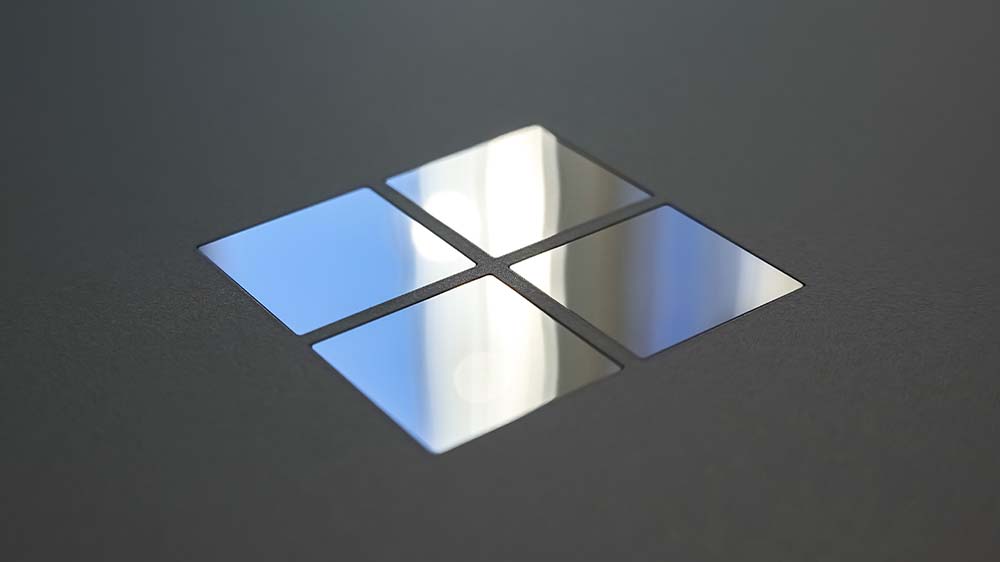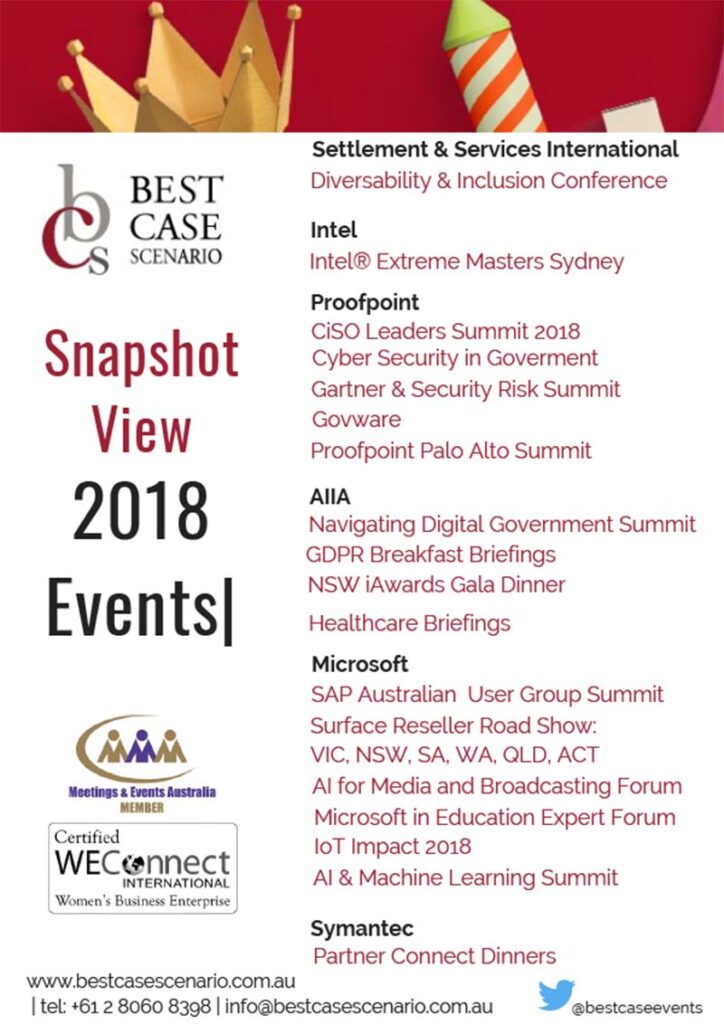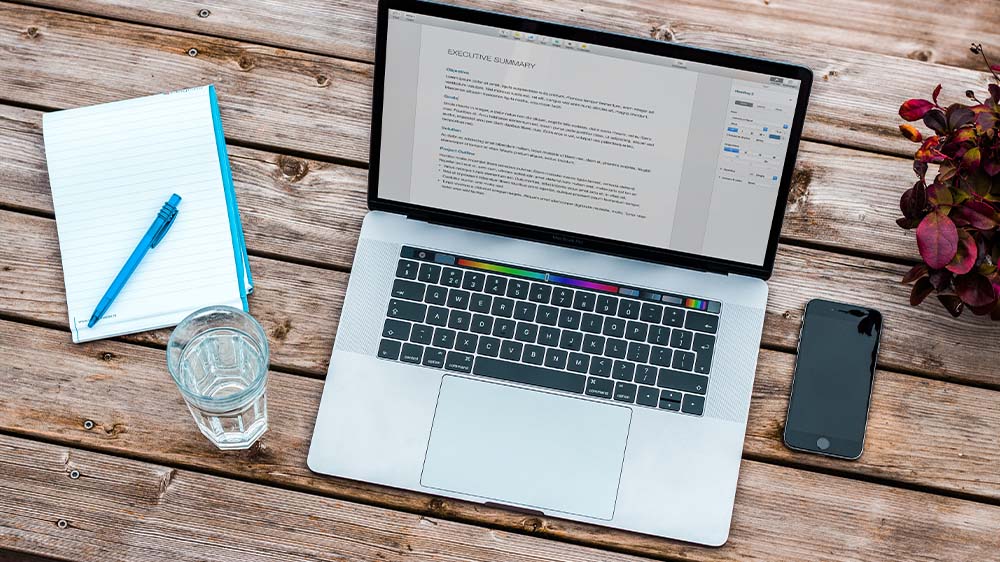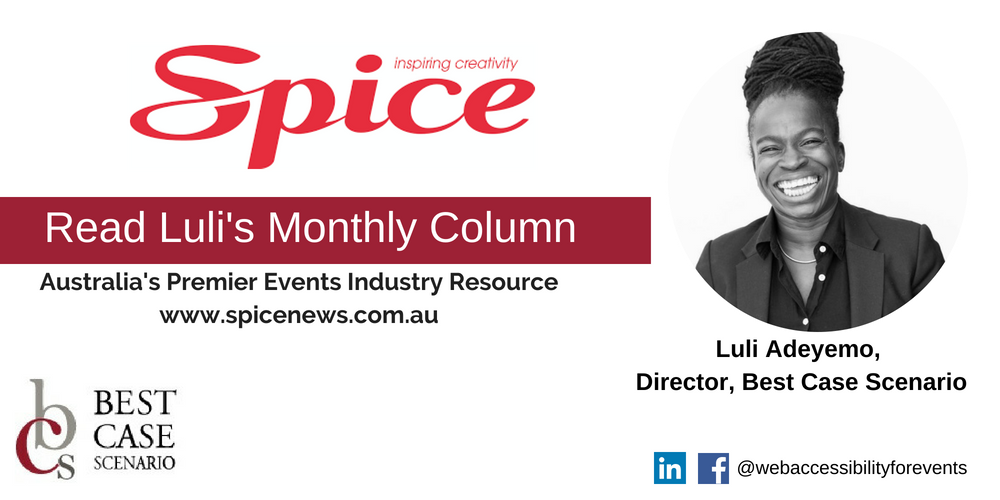Luli Adeyemo, asked her team at Best Case Scenario, who have worked on over 100 events this year for their Government, Technology and Health sector clients to reveal their top B2B Meeting and Event Trends for 2019. These trends are based on real experiences and knowledge.
Engagement, the human touch, smaller events, sponsorship fatigue and stuffing the funnel are just some trends discussed by the team.
End user needs are changing the structure of channel partner events as predicted by Greg Waghorn, Channel Partner Program Director
Greg’s 2019 trend is an interesting prediction and is extremely end user focused, Greg works with the channel and research shows that live events are a priority marketing tactic for channel development and customer acquisition strategies. 81% of marketers use in-person events in their B2B marketing strategy (Content Marketing Institute, 2016).
Greg predicts there will be an increase in the number of multi-vendor/partner events. He justifies this with some observed truths he picked up while working with the channel in 2018.
- End-users have less time to go to a multitude of individual vendor led events
- End-users have the prospect of learning how several products integrate with each other and the business at one session, enabling them to make informed decisions on product selection quicker.
- The channel will be able to create more of a “WOW’ factor at the event, with more funding being available from several stakeholders.
Greg’s observation is also supported by external research, in 2018 Forrester predicted a resurgence of channel partner communities, where like minded, specialized partners share best practices and strength in numbers.
In November, results of the first-ever worldwide study on the economic significance of face-to-face business events were issued by the Events Industry Council (EIC). Australia was ranked 8th out of 50 countries in terms of direct impact of business events on the economy and volume of participants.
More meaningful conversations at events as predicted by Best Case Scenario Director, Luli Adeyemo.

One trend in the B2B world is a delegate’s desire for meaningful conversations in an intimate setting. This doesn’t mean big events are going to become unpopular, it means that organisers of large events need to factor in opportunities for attendees to have meaningful discussions via smaller workshops/discussion groups. Through my experience it’s not all about the content and technology developments, it’s about remembering we are human and engaging in the basic human interaction of talking.
Event organisers need to find ways to harness these conversations into action and breathe life into them long after the event has finished.
An increased focus on elevating customer experience at B2B events as predicted by Jen Le, Event Manager, Best Case Scenario

Jen Le predicts a similar trend on the rise for 2019, an increased focus on elevating customer experience at B2B events. In particular, how exhibitors can leverage their presence in an engaging way that provides value to their audience. As a hands-on event manager Jen Le has seen the growing focus on conversation and engagement at events.
After all 95% of marketers agree that live events provide attendees with a valuable opportunity to form in-person connections in an increasingly digital world. Source – Bizzabo.
Prioritise ROI and audience engagement over just selling sponsorship spaces as predicted by Kei Nakakoji, Event Manager, Best Case Scenario

Kei has identified a necessity as opposed to a trend for 2019, the need for major industry events to prioritise sponsorship and audience engagement over just selling sponsorship spaces.
She believes, the focus on (over) selling sponsorship has started to trump the value delivered back to sponsors, and ultimately the delegate. She was at a major event recently, and every single space was sponsored from the escalator to the floor to the walls of the venue – she questions if it was really that effective and generated an ROI for the sponsor.
The sales and marketing managers Kei speak with are constantly reconsidering how they prioritise and invest their marketing budget.
How can they be smart with how they invest their sponsorship dollars in some of these major industry events?, they certainly face a dilemma for 2019 to either:
1. Choose to be just be another vendor among the sea of competition?
2. Or do they focus their marketing budget on smaller/more focused events that are on the rise?
A shift in focus from stuffing the funnel to a focus on the delegate life cycle as predicted by Jen Murray, BCS Marketing Consultant

This trend has already emerged and is growing, event planners are smart and know that filling the funnel with leads is no longer enough, an increased shift on marketing throughout the entire delegate life cycle is a must.
Smaller events such as summits allow for a more intimate and cohesive marketing technique. Assigning a champion or influencer from the beginning of the campaign gives the event a face and credibility from the start, connections build from delegate awareness right through to the consumption of the event and beyond.
Being real and helpful will still trump at events as predicted by Stacey Hutchinson, Senior Events & Operations Manager

Stacey is also leaning toward the ‘human interaction’ trend. This is not surprising considering the amount of event tech and automation available through the entire delegate life cycle. She mentions, it’s not unrealistic for a delegate to have their first ‘human’ interaction at an event’s welcoming address. Think about it, a delegate registers online and receives an automated response thanking them, they collect their delegate registration badge from an electronic ticketing machine, they pour their own coffee and sit themselves down in the auditorium.
There is no doubt that the human element at an event results in long-lasting relationships and the formation of genuine partnerships.
Another area that is often lacking in the human element are business events where a contact telephone number or helpline number isn’t available to delegates. This is particularly important for people with a disability, especially since 1 in 4 Australians suffer from some form of disability.
In the events industry we welcome technology advancements, especially those that drive down cost, improve efficiencies and increase engagement. But as for us human event planners, we are not going anywhere so please interact and say hello at the next event you attend.
















